Kovil Puliyodarai | Temple style puliyodarai | Iyengar style puliyodarai | pulikaichal | puli sadam | tamarind rice with step-by-step pictures and video recipe. Check out the Tamarind rice and if you like the video pls SUBSCRIBE to my channel.
Kovil puliyodarai
Kovil Puliyodarai is a South Indian dish, particularly popular in the Tamil Nadu region of India. It is a flavorful and tangy tamarind rice preparation that is often offered as prasadam (a religious offering) in temples, hence the name "kovil," which means temple in Tamil. Puliyodarai is also commonly prepared at home and enjoyed as a delicious rice dish.
SHELF LIFE OF PULI SADHAM
Rice stays for 2-3 days at room temperature. Avoid using your hands. Always pack after it is cool.
DESEED AND SOAK
Always deseed, remove fiber then soak tamarind in hot water. Adjust the amount of tamarind according to the sourness of the tamarind you use.
RICE FOR kovil PULI SADHAM
I used sona masoori rice. You can use raw rice, basmati rice, or any rice of your choice. Adjust water and soaking time accordingly.
OIL FOR PULI SADAAM
Sesame oil goes well with tamarind flavor and also helps with shelf life.
SIDE DISH FOR TAMARIND RICE WITH SMALL ONION AND GARLIC
Varuval, vadam, curd based dishes are my favorite sides.
HOW THE MIX OF RICE HAS LESS SALT
Check seasoning after mixing rice. Add extra salt; cover for 15 minutes. Gently mix after that. Salt will be well-incorporated
VARIETY RICE RECIPES
Ingredients
100 grams Tamarind
Powdered Jaggery
1/4 teaspoon Turmeric Powder
1 tablespoon Asafoetida
required Salt
1 tablespoon Sesame oil
To temper
1/4 cup sesame oil
1 teaspoon Mustard Seeds
3 Dried Red chillies
few Curry Leaves
2 tablespoon chana dal
1 tablespoon urad dal
1/4 cup Roasted Peanuts
Spice Powder
1/2 teaspoon sesame oil
1 tablespoon Channa Dal
1/2 teaspoon fenugreek seeds
red chilli
1/2 teaspoon pepper
1 teaspoon Sesame seeds
how to make kovil puliyodarai with step-by-step pictures
-
Add oil and roast the ingredients under 'Spice powder'. Allow them to cool and grind them to a fine powder without adding water, and keep them aside
-
Soak tamarind in lukewarm water for 10 - 15 min
-
Discard the seeds and hard part
-
prepare tamarind water
-
Add sesame oil to a pan, and when the oil is hot add the ingredients under 'to temper' and let them splutter
-
Furthermore, add turmeric powder and asafoetida; mix well
-
Add the tamarind extract and salt; allow it to boil for 12-15 minutes till the raw smell goes off
-
Furthermore, Add the spice powder and mix well
-
Add jaggery, extra salt, and chilli powder; mix well and cook
- cook till oil starts oozing out and the pulikaichal becomes thick

Ingredients
- 100 grams Tamarind
- Powdered Jaggery
- 1/4 teaspoon Turmeric Powder
- 1 tablespoon Asafoetida
- required Salt
- 1 tablespoon Sesame oil
To temper
- 1/4 cup sesame oil
- 1 teaspoon Mustard Seeds
- 3 Dried Red chillies
- few Curry Leaves
- 2 tablespoon chana dal
- 1 tablespoon urad dal
- 1/4 cup Roasted Peanuts
Spice Powder
- 1/2 teaspoon sesame oil
- 1 tablespoon Channa Dal
- 1/2 teaspoon fenugreek seeds
- red chilli
- 1/2 teaspoon pepper
- 1 teaspoon Sesame seeds
Instructions
- Add oil and roast the ingredients under 'Spice powder'. Allow them to cool and grind them to a fine powder without adding water, and keep them aside
- Soak tamarind in lukewarm water for 10 - 15 min
- Discard the seeds and hard part
- prepare tamarind water
- Add sesame oil to a pan, and when the oil is hot add the ingredients under 'to temper' and let them splutter
- Furthermore, add turmeric powder and asafoetida; mix well
- Add the tamarind extract and salt; allow it to boil for 12-15 minutes till the raw smell goes off
- Furthermore, Add the spice powder and mix well
- Add jaggery, extra salt, and chilli powder; mix well and cook
- cook till oil starts oozing out and the pulikaichal becomes thick
- Finally, add oil; mix well and turn off the stove
- Kovil puliyodarai
- Cool rice completely
- Add pulikaichal and mix well
- Furthermore temper mustard seeds, chana dal, and roasted peanuts in sesame oil and add; serve


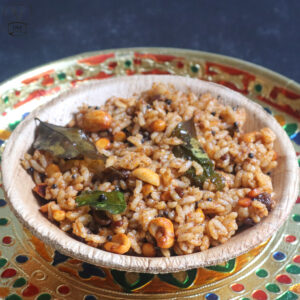
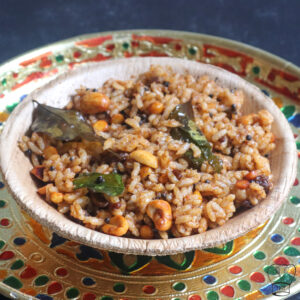
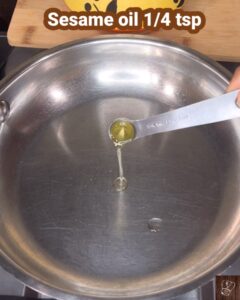
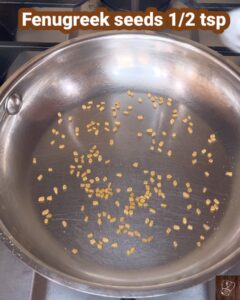

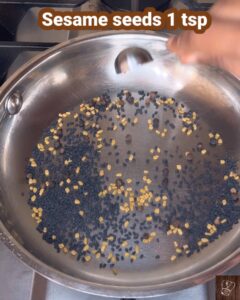

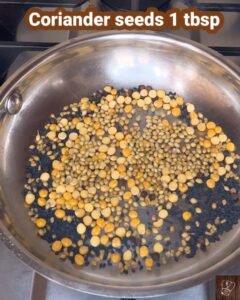
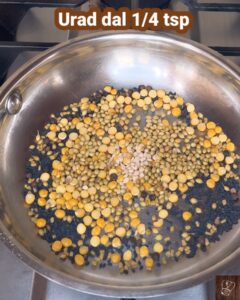
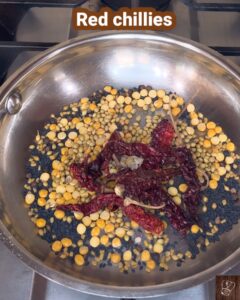

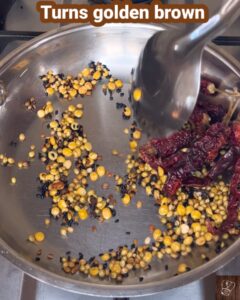
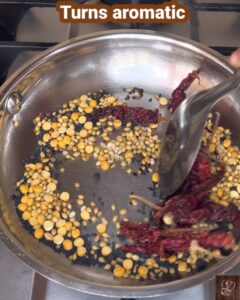
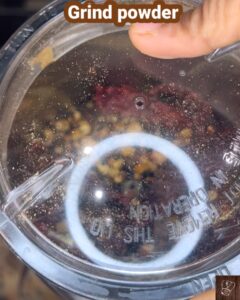


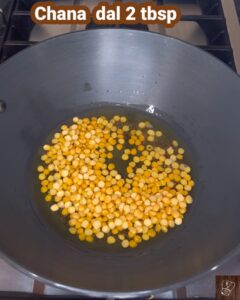
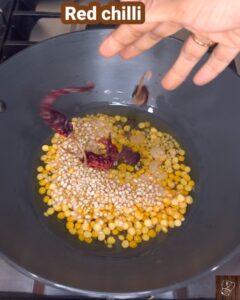
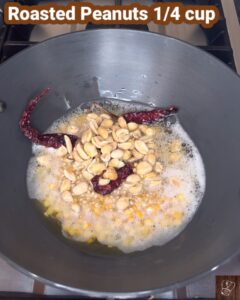
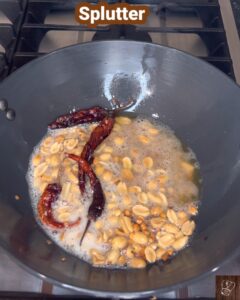
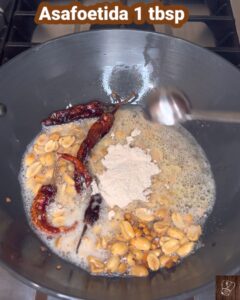
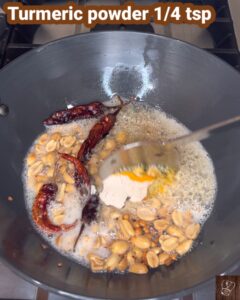
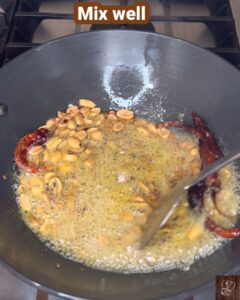
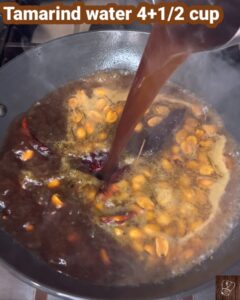
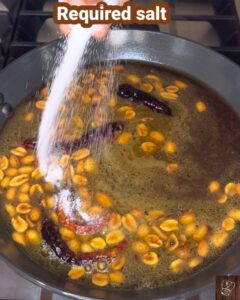
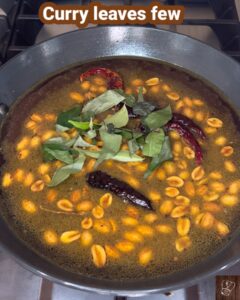
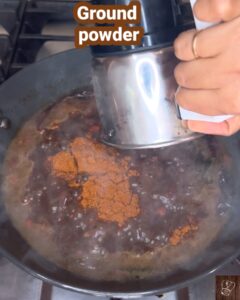

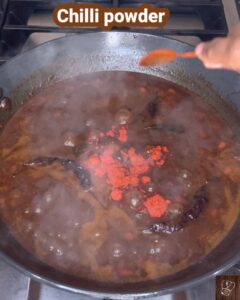
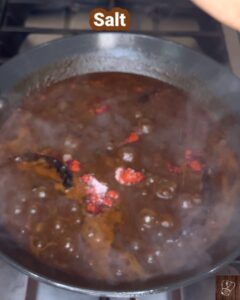

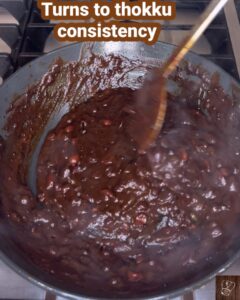
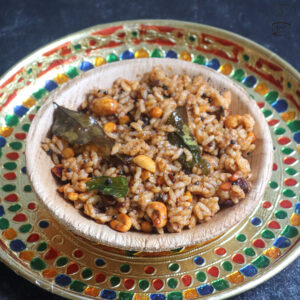
Comments
No Comments